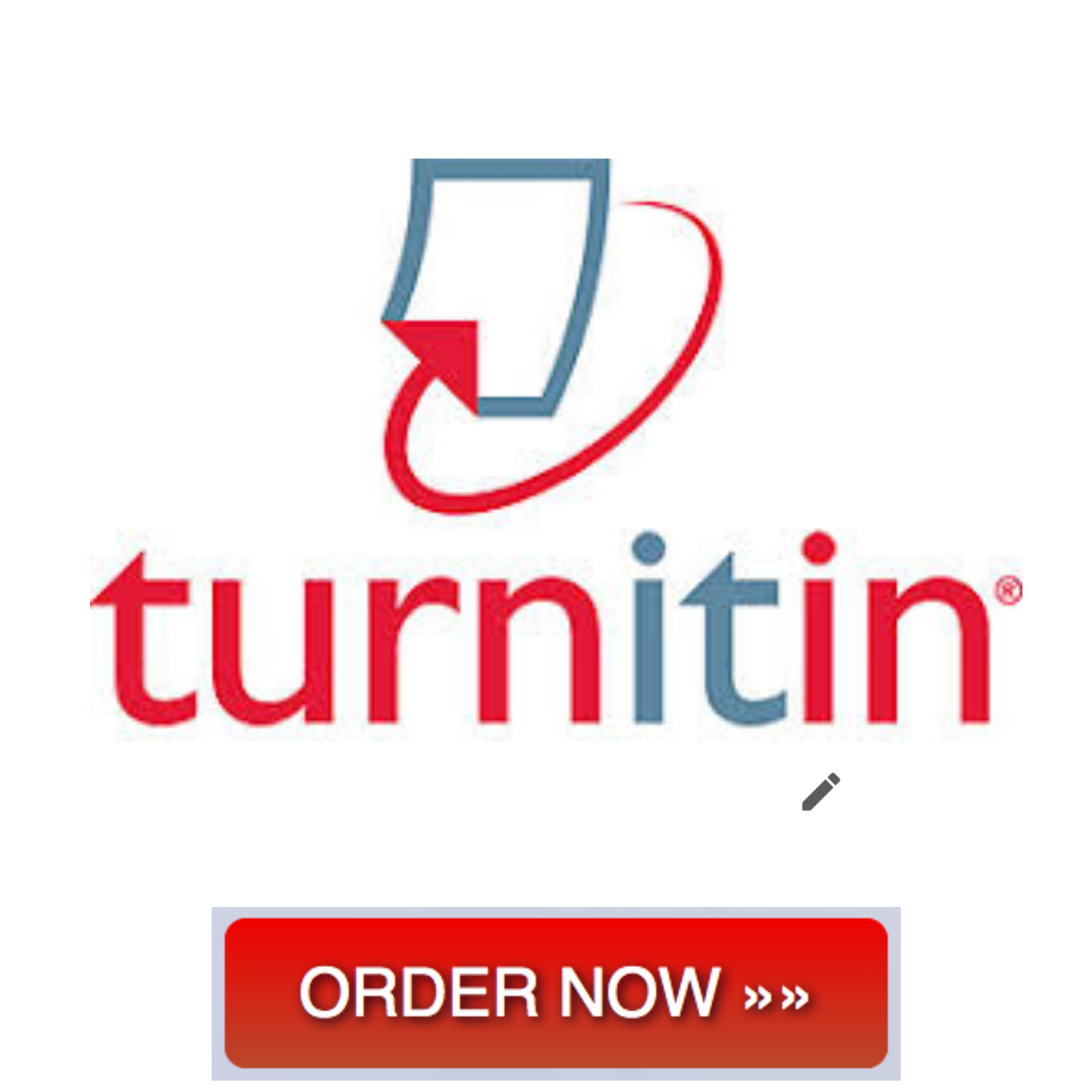- Operations Management Module 14: Lean Operations and Scheduling Module Introduction Readings Required Chapter 14 & Supplement to Chapter 14 in Operations Management Chapter 14 PowerPoint (media/IPPTChap014.pptx) slides – Operations Management Supplement to Chapter 14 PowerPoint (media/IPPTChap014S.pptx) slides – Operations Management Kadasah, N. A., & AlAhmari, T. M. (2013). An analysis of benchmarking of business functions in organization of Saudi Arabia (https://csuglobal.idm.oclc.org/login? url=http://search.proquest.com.csuglobal.idm.oclc.org/docview/1419400486? accountid=38569). International Journal of Business & Management, 8(12), 6272. For Your Success In this final module, you will learn about lean operations and how lean can relate to a successful implementation of operations management within an organization or an industry. Remember, this week you have the last Critical Thinking Assignment, a quiz, and required readings to complete. There is also a Live Session this week. Your faculty will provide further details about this event. Learning Outcomes 1. Analyze the use of lean operations as it relates to the successful implementation of operations management. 1. Introduction Throughout this course you have learned about the different aspects of operations management. Included in most modules is some form of process improvement or lean systems approach to operations management. See how this is the case, even with global giants like McDonald’s (http://www.aboutmcdonalds.com/mcd/country/map.html), in this video. JIT McDonald’s Style Go to the Video (http://www.viddler.com/embed/d097878b/? f=1&autoplay=0&player=full&disablebranding=0) McDonald’s has been in the business of “creating smiles” since 1955 by focusing on their philosophy of quality, service, cleanliness, and value. Its food preparation systems are the focus of this video. This focus on efficiency remains because in today’s fastpaced and competitive business world, organizations have to continue to do more with fewer resources. Additionally, it seems as though timelines have been shortened across the board, and there is simply less time between when customers order something and when the product or service needs to be delivered to them. This creates more strain on operations managers, which means that things must run more efficiently. 2. Lean Concepts The concept of lean came about in the manufacturing industry, but has now been adapted to fit every industry imaginable. Lean means to eliminate waste in processes and leave only the “value added” components of a process. Keep in mind, however, that the customer is the one who determines what is “valuable” in a product or service. In manufacturing organizations, a lean process basically means that a process is completely dissected into small, individual pieces? and then, each piece is looked at for its value to the customer. When components of the process do not add value to the customer, they are looked at and possibly removed from the process, eliminating overhead, extra steps, extra time, extra costs, and overall making the process more efficient. View how Toyota has embraced lean processes. Kaizen, or continuous improvement, is essential to its operations. Toyota Production System – 5S Just, Just in Time, Kaisen (Source: https://www.youtube.com/watch?v=kce2L23yLcw) View more about the Toyota production system in action. Both English closed captioning and Spanish subtitles available. 3. Lean Example In previous modules you were introduced to the payroll issues that an organization experienced with time sheets, the payroll process, and the printing and mailing of paychecks and the pay advices. In this process improvement project, the payroll process was broken down into separate components, and each was reviewed for “value added” to the customer. Now look at this process as a lean one: Download Transcript (media/SEU_MGT515_Interactive_Module14_pg2.docx) Overall, there was a great deal of waste eliminated from this process, and for the most part all that is left in the process is what is “value added” to the customer. In the meantime, it freed time for the payroll personnel and allowed that staff to take on other duties, such as looking at how to improve other processes in the organization. 4. Conclusion In conclusion, there are always opportunities to improve an organization. There is no such thing as a perfect process. It is important for organizations to understand that and work toward eliminating waste and only doing what is “value added” to the customer, keeping in mind that the customer is the one who determines what is “value added” to a product or service. In closing, view the lean manufacturing process in place at Boeing (http://www.boeing.com/). Given all that you have learned in this course, how will you apply lean operations to your organization moving forward? Lean Manufacturing Boeing (Source: https://www.youtube.com/watch?v=9_9WyiPhoHA) Video demonstrates continuous improvement with an example of lean manufacturing at Boeing. Check Your Understanding Read the front of each card and decide if the statement is true or false. “Flip” the card for the correct answer. Click Here to Begin
Is this your assignment or some part of it?
We can do it for you! Click to Order!








